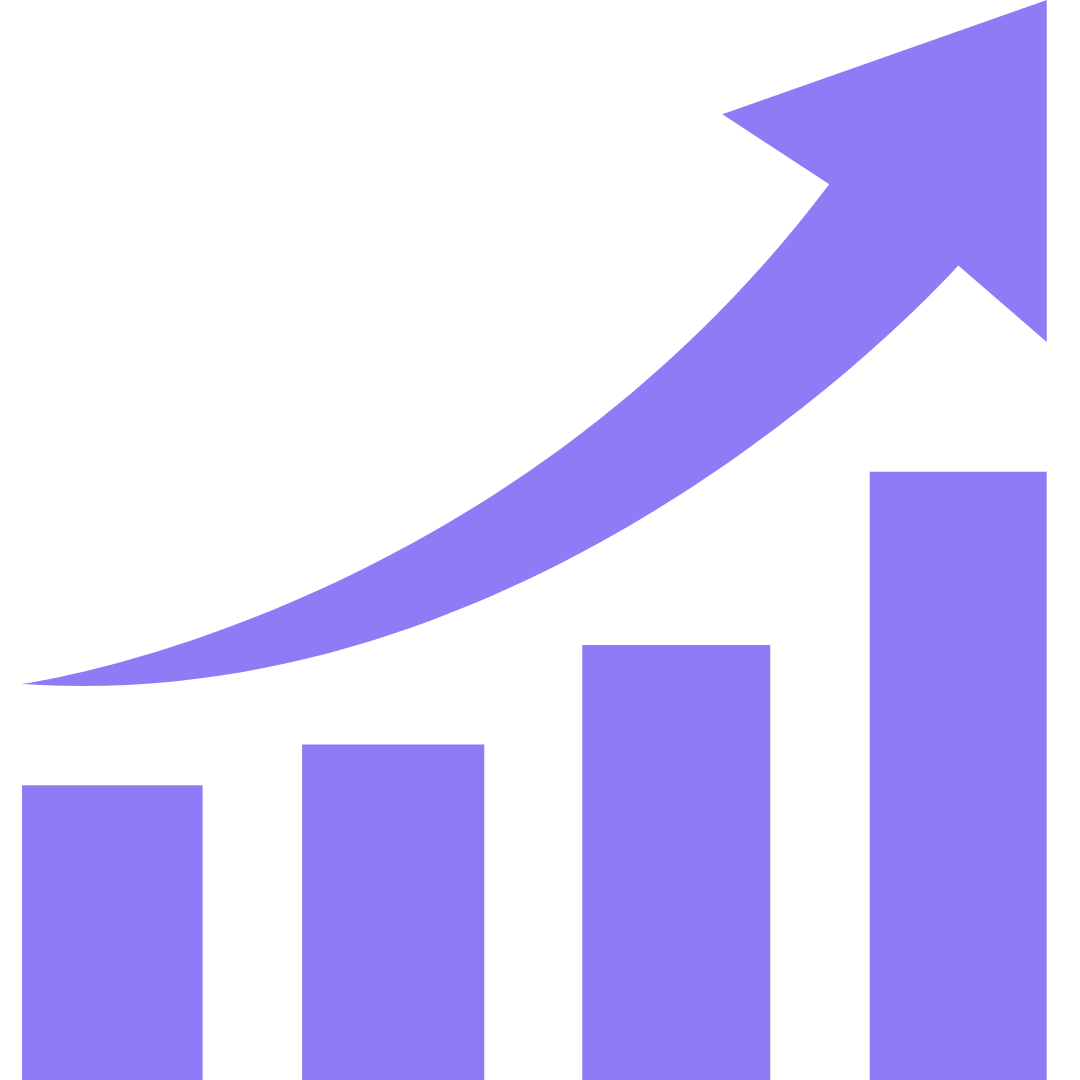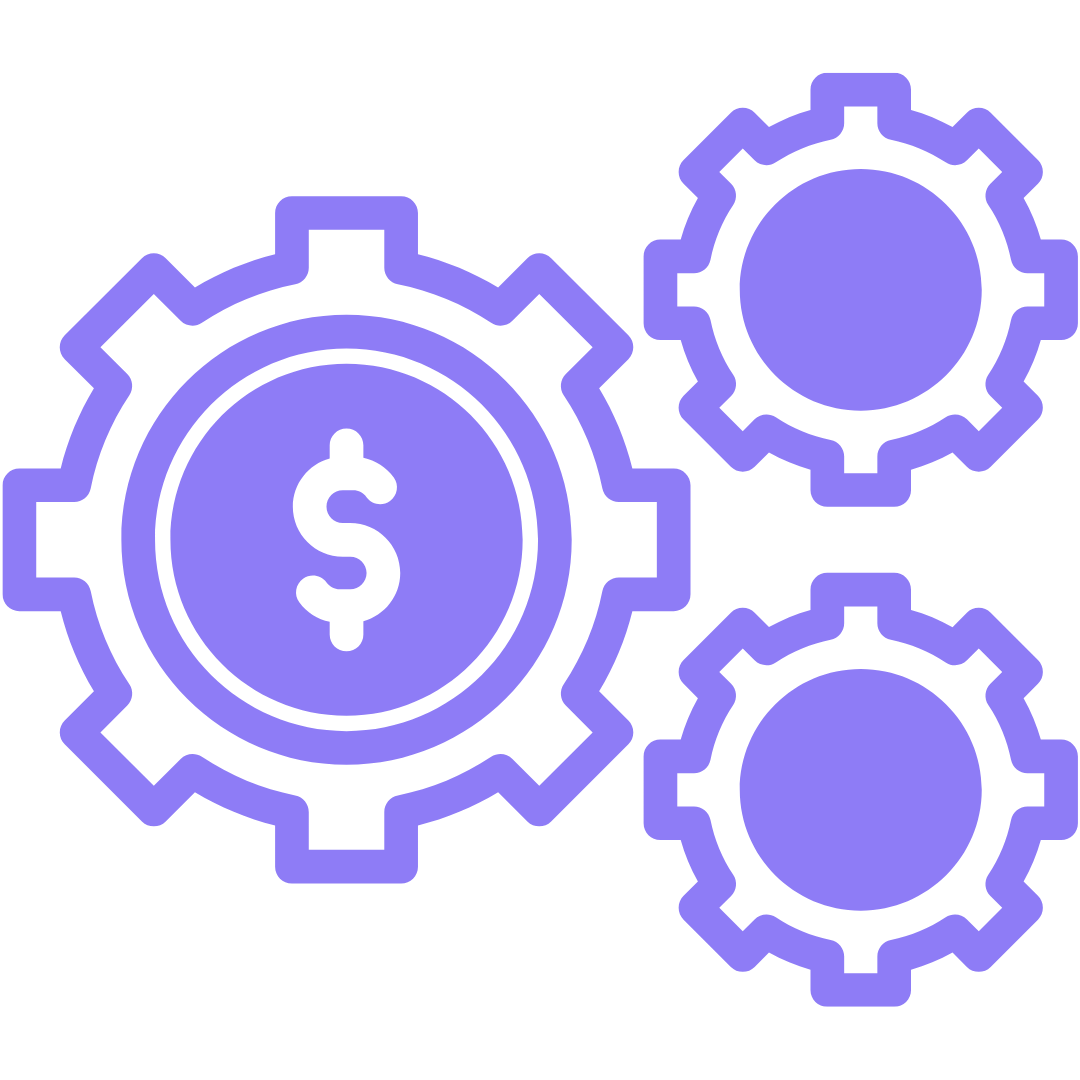One of the most common questions we’ve had recently is about attribution and why it looks different everywhere you go. For example, on Klaviyo, a campaign may show sales of $3,000, whereas on Google, it may attribute $1,000. It’s enough to send your head spinning if you want to get to the bottom of your numbers. But we promise there is a simple and very logical explanation to it all. We’ve broken it down for you below.
How Klaviyo Attributes Revenue
To attribute revenue, Klaviyo uses what is known as the 5-day attribution window. This means that anyone who opens or interacts with your campaign or flow and purchases within 5 days is considered a sale by Klaviyo’s standards.
The logic is that your email was enough to pique your customers’ interests, but may not have landed in an immediate sale. They could have been at work or hanging around for their next paycheck, for example, after seeing what you had to offer. It means that customers who require time to think about your products or services are not left out of Klaviyo’s reporting.
How Google Attributes Revenue
If you check your Google Analytics immediately after checking Klaviyo, you’ll first notice that the numbers seem out of whack. Largely, this is because, unlike Klaviyo, Google Analytics uses the last non-direct click to attribute revenue.
Let’s say a customer clicks your email and takes a perusal through your website. They’re at work, so they leave. But they make a note to return later. When they’re home, they view an ad on Facebook, click, and proceed to purchase. Even though your email stimulated the purchase journey, Google sees the last non-direct click, being Facebook, as the driver of the revenue. The same goes for searching, Google ads or other referral sources.
It means that even if your email catalysed the sale, it may not be recognised in the analytics.
How Shopify Attributes Revenue
To make matters more confusing, Shopify has its own method of attributing revenue. Their method is known as ‘last session.’ Similar to Google, it attributes revenue based on where a customer was before they proceeded to your website to purchase. Here's another example. If a customer needs time to think about buying after opening your email, and later Googles your store, Shopify will attribute that revenue to direct search instead of Klaviyo.
Other impacting factors
While attribution is likely the consequence of your revenue not adding up from channel to channel, there are other factors to consider.
For example:
-
If a customer opens an email on their computer but proceeds to purchase on their phone, certain platforms can miss this.
-
Privacy tools and plugins can block tracking, which can impact all platforms. Typically, these impact Shopify and Google Analytics more than Klaviyo.
-
We mentioned that Klaviyo has a 5-day attribution window; it’s important to note that other tracking tools may use shorter or longer windows.
Need help understanding how revenue is tracked?
The Email By Design team can help you understand your Klaviyo analytics and reporting dashboards, so you can make informed decisions for your business. Book a free 15-minute consultation with our team to get started.















